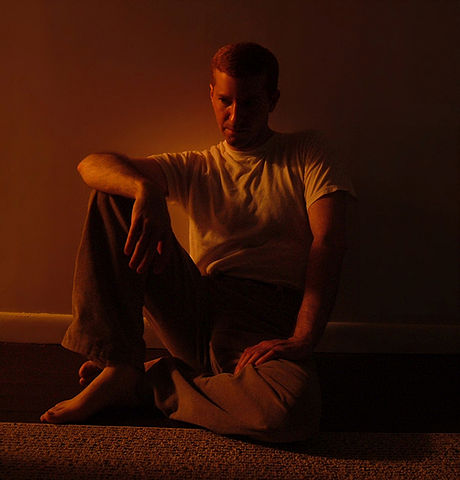Introspection vs Retrospection
Introspection and retrospection are two distinct processes that involve analysis, with the main difference being the focus of the analysis. Both are conscious processes undertaken by an individual, but produce different results. Introspection involves examining one’s emotions, feelings, and thoughts, while retrospection involves looking back at past events, whether happy or painful. This article will explore the differences between introspection and retrospection in more detail.
What is Introspection?
Introspection can be simply defined as the examination of one’s thoughts. In this context, an individual examines their feelings, emotions, and thoughts, and analyzes the meanings behind them. For example, a person who feels jealous of another might examine this emotion by exploring it more deeply, trying to figure out why they feel that way and what causes it.
In psychology, introspection has been used as a specific technique to examine human thoughts, known as experimental self-observation. This technique was primarily used by Wilhelm Wundt in laboratory experimental contexts.
In a broader sense, introspection can be summarized as the examination of human emotions and thoughts, where an individual attempts to analyze them. We also engage in introspection in our daily lives to understand our emotions and thoughts.
What is Retrospection?
In contrast to introspection, where an individual analyzes or examines their emotions and thoughts, retrospection focuses on the past rather than the present. Retrospection can be defined as the act of looking back at past events. For example, recalling the first day of school, the day of one’s wedding, or the day of graduation is engaging in a process of retrospection. This is not limited to only happy events; it can also include painful memories, such as the death of a close relative or a breakup.
During retrospection, a person looks back at an event and recalls it as it unfolded. They do not attempt to analyze their feelings or thoughts, but simply remember. However, it is possible for an individual to become overwhelmed with emotion as a result of recollection. Retrospection is essential not only in daily life but also in disciplines such as history or archaeology, where the subject matter lies in the past. In this context, retrospection is quite different from individual retrospection. This highlights that introspection and retrospection refer to two different processes.
What is the difference between Introspection and Retrospection?
Definitions of Introspection and Retrospection:
– Introspection: Introspection can be defined as the examination of one’s thoughts. In psychology, it is a technique known as experimental self-observation used to examine human thoughts.
– Retrospection: Retrospection can be defined as the act of looking back at past events and recalling the manner in which they unfolded.
Characteristics of Introspection and Retrospection:
– Conscious Process: Introspection and retrospection refer to two different processes that take place consciously.
– Focus: In introspection, the person looks at their feelings, thoughts, and emotions. In retrospection, the person looks at past events.
– Examination and Analysis: In introspection, examination and analysis are important. In retrospection, this may not be the case, as it can be limited to mere recollection.
– Time: In introspection, the focus is on the present. In retrospection, the focus is on the past.
Key Takeaways
- Introspection involves examining one’s emotions, feelings, and thoughts, while retrospection involves looking back at past events.
- Introspection focuses on analyzing one’s current emotions and thoughts, while retrospection focuses on recalling past events without necessarily analyzing the emotions or thoughts associated with them.
- Both introspection and retrospection are conscious processes undertaken by an individual, but they have different focuses and purposes.
